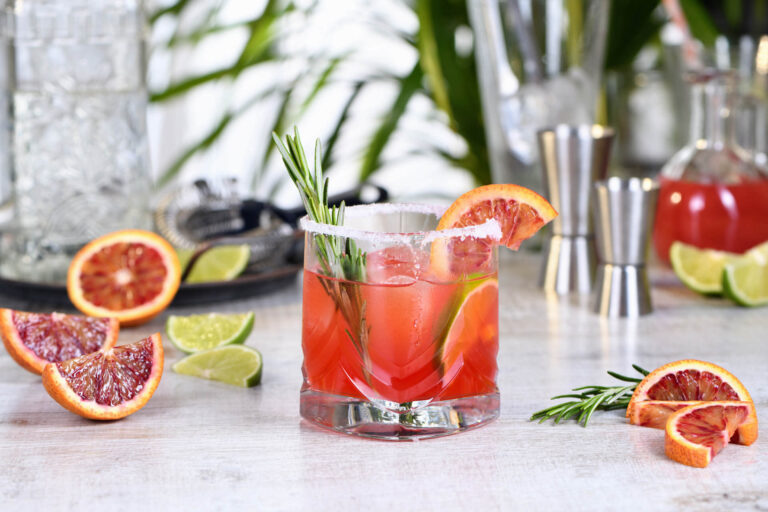18/07/2024
Why is it so hard for RTD brands to find global success?
IWSR analyses the factors shaping global RTD brand expansion
RTDs have been one of the great recent success stories of the global beverage alcohol landscape — it was the only major category to record volume growth (+2%) in 2023, alongside a strong +6% uptick in value — but it remains a fragmented and highly diverse category that defies a global, one-size-fits-all approach.
Attempts to create a truly global RTD brand are complicated by the fact that the market is so innovative and changing so rapidly – so a brand that is a major success in one country may fail to resonate in another, because it fails to tap into the prevalent local trends.
“Product life cycles in RTDs are much shorter than they are, for example, in beer and spirits,” explains Emily Neill, COO Market Research, IWSR. “This is immensely challenging for beer and spirits companies when they are launching or expanding an RTD brand – because each market has its own individual taste preferences.
“A trending cocktail or flavour in Mexico, for example, may not resonate at all with consumers in Brazil and Argentina. This is a useful proxy to explain why it can be so challenging for a single RTD brand to find success in multiple markets.”
Flavour preferences vary widely among the world’s leading beverage alcohol markets, as is illustrated by IWSR’s ongoing tracking:
Looking at 15 key beverage alcohol markets, only the gin and tonic is the most popular cocktail in more than two countries. Otherwise, the list is hugely diverse, from the Mojito (most popular in France), to the Piña Colada (Mexico), and the Long Island Iced Tea (China and Taiwan).
Additionally, how important a known brand is in determining consumer purchase varies a lot between markets. IWSR data shows that while consumers in some countries appear to be driven largely by flavour – and are therefore less influenced by the specific brand on offer – others tend to favour the names they know and trust.
Flavour-led markets are often more open to newcomer brands, which can find success quickly if they successfully tap into a popular flavour trend. In Brazil, for example, IWSR standard deviation analysis of the top five leading RTD brands (by volume) in 2022 shows that 26% of them were not on the market in 2012. By contrast, Mexico is a much more brand-loyal market, with only 3% of the five leading RTD brands in 2022 (by volume) newcomers since 2012.
Among other countries, using the same measure, Argentina and Colombia are examples of more flavour-led markets; Australia and the UK are more brand-focused. The US, Portugal and Chile sit somewhere in the middle.
“Looking at Brazil, the pace of innovation shows that it’s never too late to launch a brand,” comments Luis Osorio, Head of Consumer Research, IWSR. “In a flavour-driven market such as Brazil, a new brand can enter the market and dominate, or at least gain share rapidly.
“For other countries, such as Australia and Spain, it’s much harder to achieve this; the barriers are higher because these markets are more brand-loyal.”
There are different strategic options open to brand owners looking to address these challenges, including the creation of a new RTD brand specifically targeted at the local demands of one particular market; or partnerships involving global icons, such as the recent RTD tie-ins between Jack Daniel’s and Coca-Cola, or Absolut Vodka and Sprite.
“The fact that the RTD category is such a fast-moving and highly innovative space begs the question: do you need a local, new-to-world brand in order to be successful?” says Neill. “Or is the partnership approach involving best-selling category brands an option that can scale across countries? We will need to see how this develops over time.”
The above analysis reflects IWSR data from the 2024 data release. For more in-depth data and current analysis, please get in touch.
CATEGORY: RTDs | MARKET: All | TREND: Convenience |
Interested?
If you’re interested in learning more about our products or solutions, feel free to contact us and a member of our team will get in touch with you.




